As you can imagine, we drive through a lot of remote areas and small towns and cities. When we do, two things always cross my mind:
- Why did this town / city form in this particular location?
- What will happen if smaller towns die out?
There was an article written in “The Atlantic” over 75 years ago by a man named Arthur Morgan who noted that the death of the small town would become a problem because “controlling factors of civilization are not art, business, science and government. These are its fruits. The roots of civilization are elemental traits – good will, neighborliness, fair play, courage, tolerance, open-minded inquiry, patience.” He believed these were best transmitted from one generation to the next in small communities so eroding small town culture would erode the nation.
It’s food for thought, but I’ve digressed…
If you’re a Montana resident, you wouldn’t say that Butte (population nearly 35,000) or Helena (population nearly 35,000) are small towns. In fact, Butte is the 6th largest city in the state and Helena is the 5th but the Bay Area suburb we used to live in has more people than both towns combined. Places like Dallas at 1.3M, Chicago at 2.7M, and Los Angeles at 4M, currently dwarf these cities.
At one time, however, Butte and Helena were bustling metropolises and this makes the old town sections of both really entertaining to visit.
Here’s some trivia for you:
- One of the Montana cities mentioned above was the largest city between Chicago and San Francisco in the early 1900s. Which one?
- In the early 1900’s there was so much wealth in Butte that they often imported fashion from this European city.
- Butte MT still contains the oldest continuously running____ restaurant .
- Thomas Edison’s bulbs and the need for electricity created Butte’s extreme wealth because this metal was in high demand.
- The mine in Butte once supplied over 25% of the world and over ____% of the US with this mineral.
- Butte became known as the “____ hill on Earth”.
- William A. ____ is often referred to as one of the richest man you never knew. He along with Daily and Heinze became known as the “Copper Kings”.
- Clark had multiple homes and architectural historians say he built the most expensive private home ever constructed in ____ city.
- Clark also officially founded this well-known desert city with the arrival of the railroad he owned in 1905.
- Clark’s youngest daughter (Huguette) used her father’s fortune to maintain ___mansions around the country until her death in 2011 at 104 years old.
- Huguette, herself, lived out her last 20 years in New York _____.
- In 1888, about ___ millionaires lived in Helena, MT, which was more per capita than in any other city in the world.
- Fortunes in Helena were made from mining what?
Answers: 1.Butte 2.Paris 3.Chinese 4.Copper 5.50% 6.Richest 7.Clark 8.New York 9.Las Vegas 10.Empty 11.Hospitals 12.Fifty 13.Gold
Consider a visit to the Butte County Courthouse, walk old town with a stop at the old Metals Bank which is now a restaurant or the Chinese restaurant noted above (Peking Noodle Parlor), and tour the Copper King Mansion, home to William A. Clark. This will take you back to late 1800s / early 1900s and give you a taste of the opulence that once was!
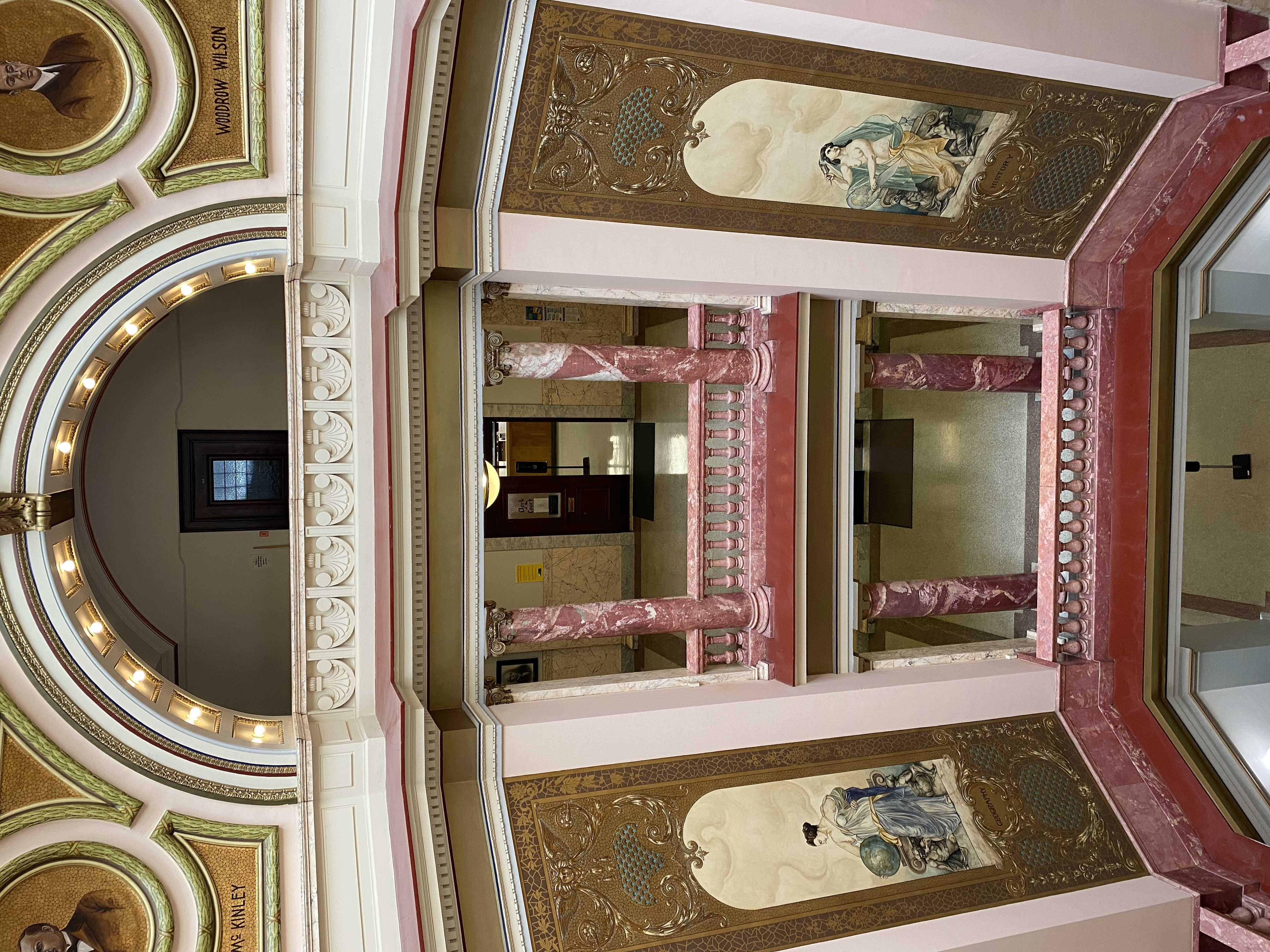

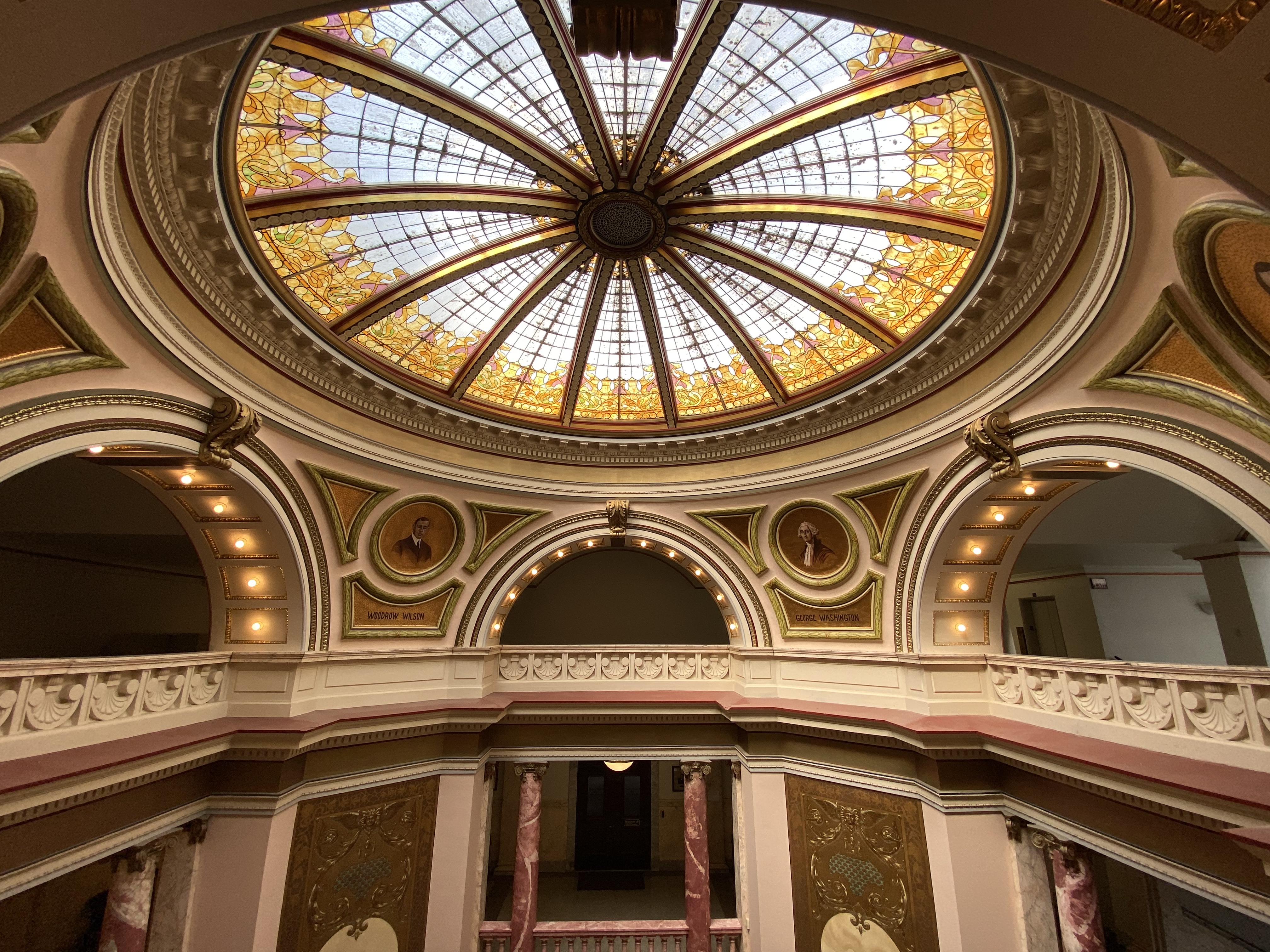
Butte County Courthouse c. 1912


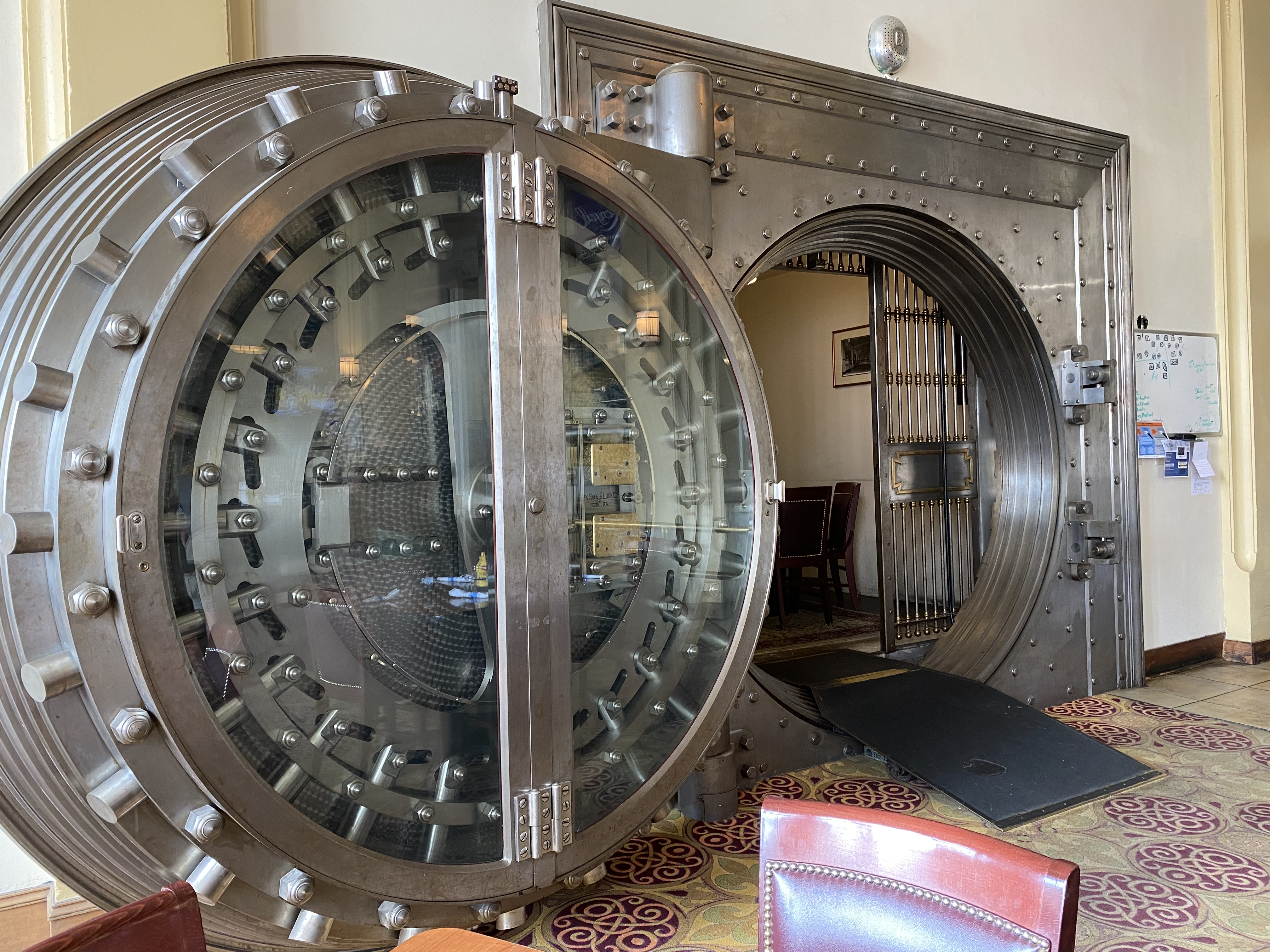
Metals Bank – Now Restaurant

Clark Mansion
Tour the Butte Mining Museum and visit the sobering Granite Mountain Speculator Fire Memorial on the hill, which was the deadliest hard rock mining event in US history.
Side Note: My brother and I are standing in front of Guay Livery and Guay is my mother’s maiden name. Strangely, the museum guide notes this building as the Miller Livery, which is our father’s last name. Do they know something we don’t? Can’t help but wonder if I have too few branches in the family tree.
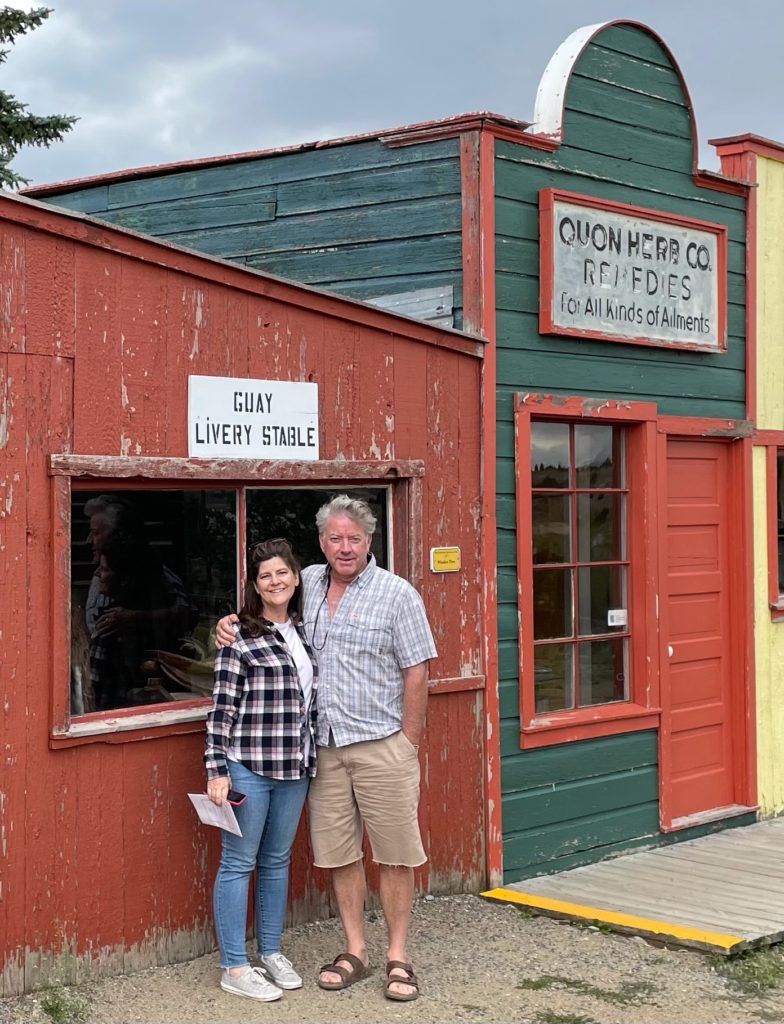
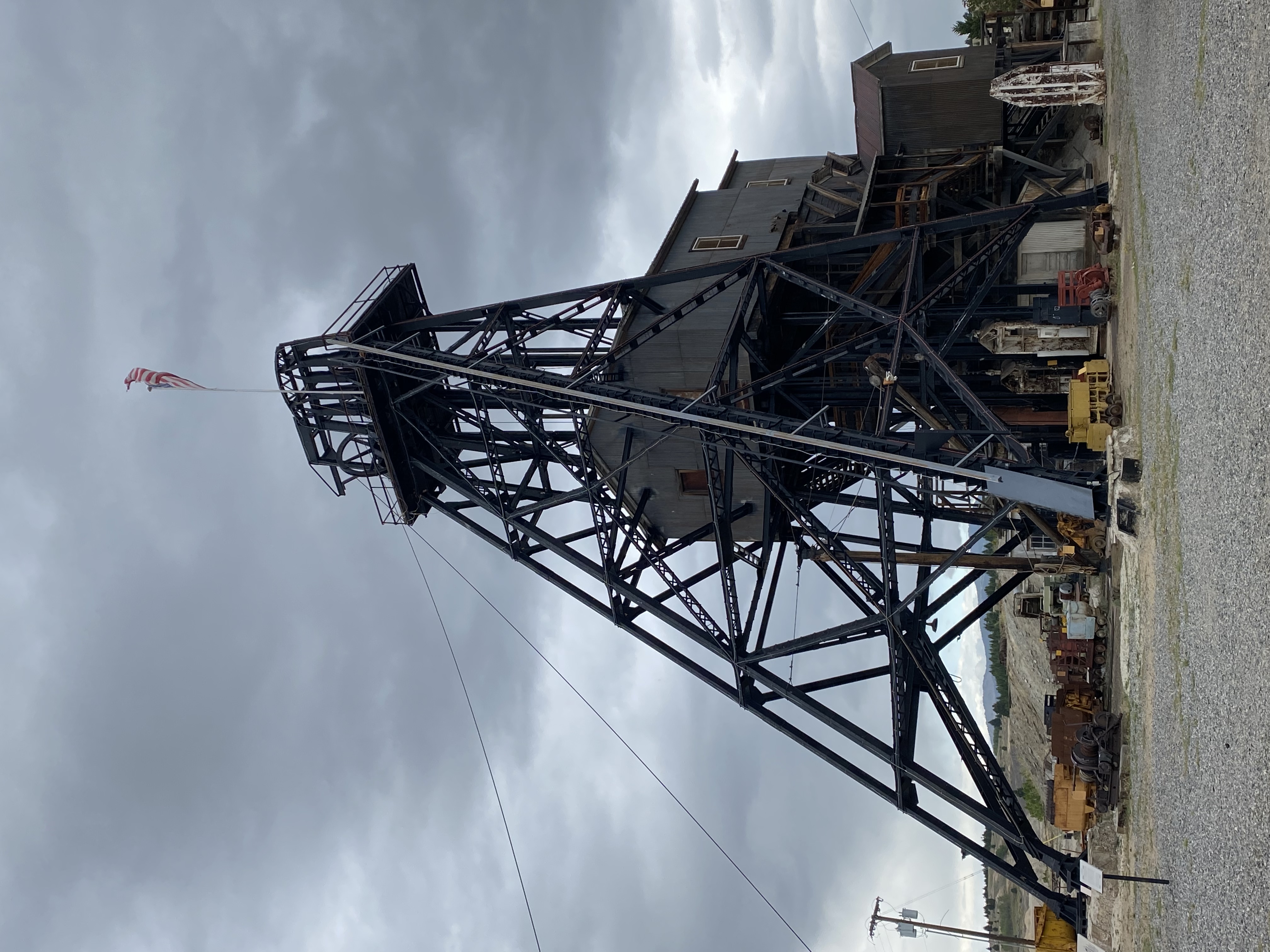
Mining Museum
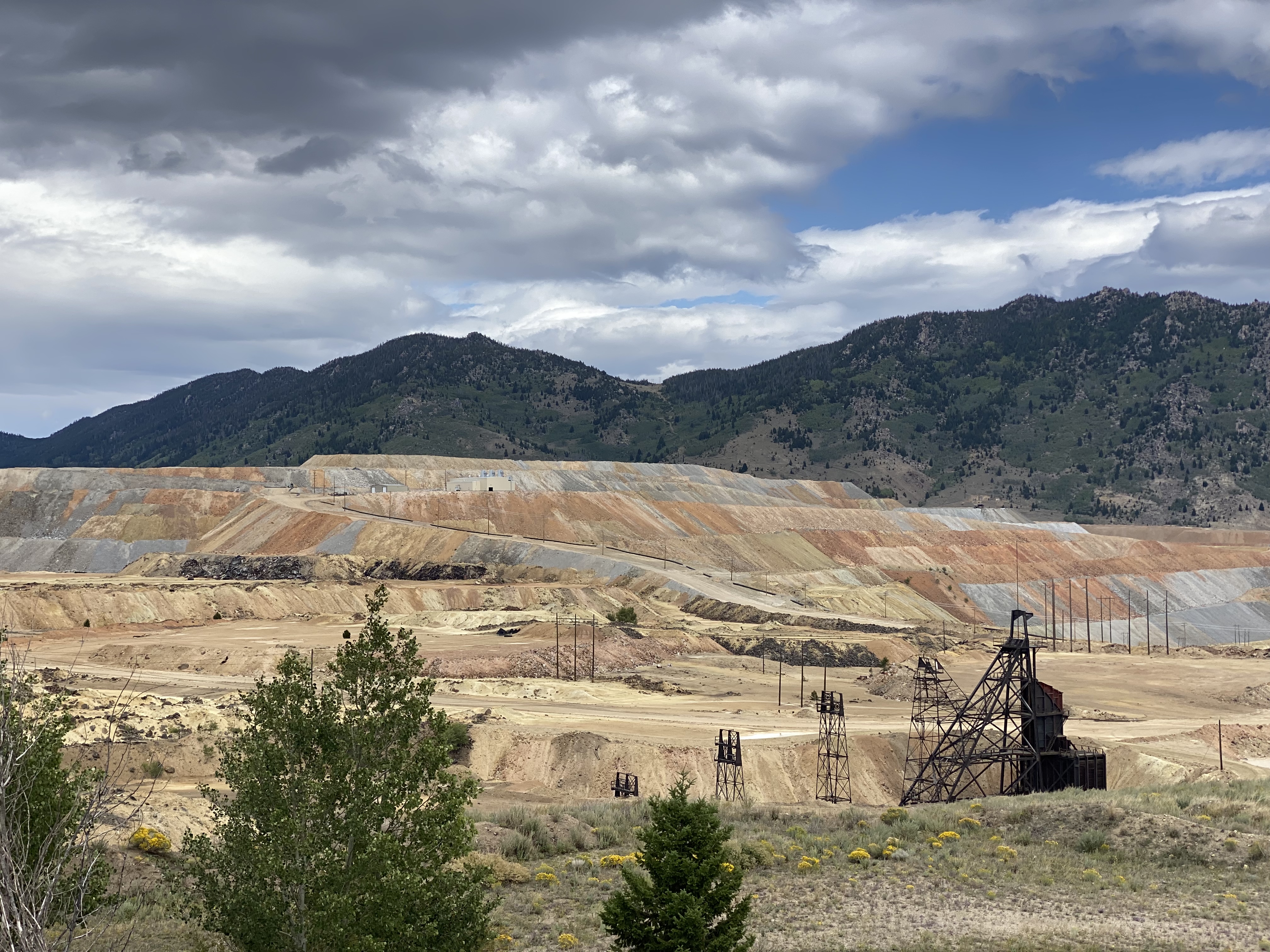
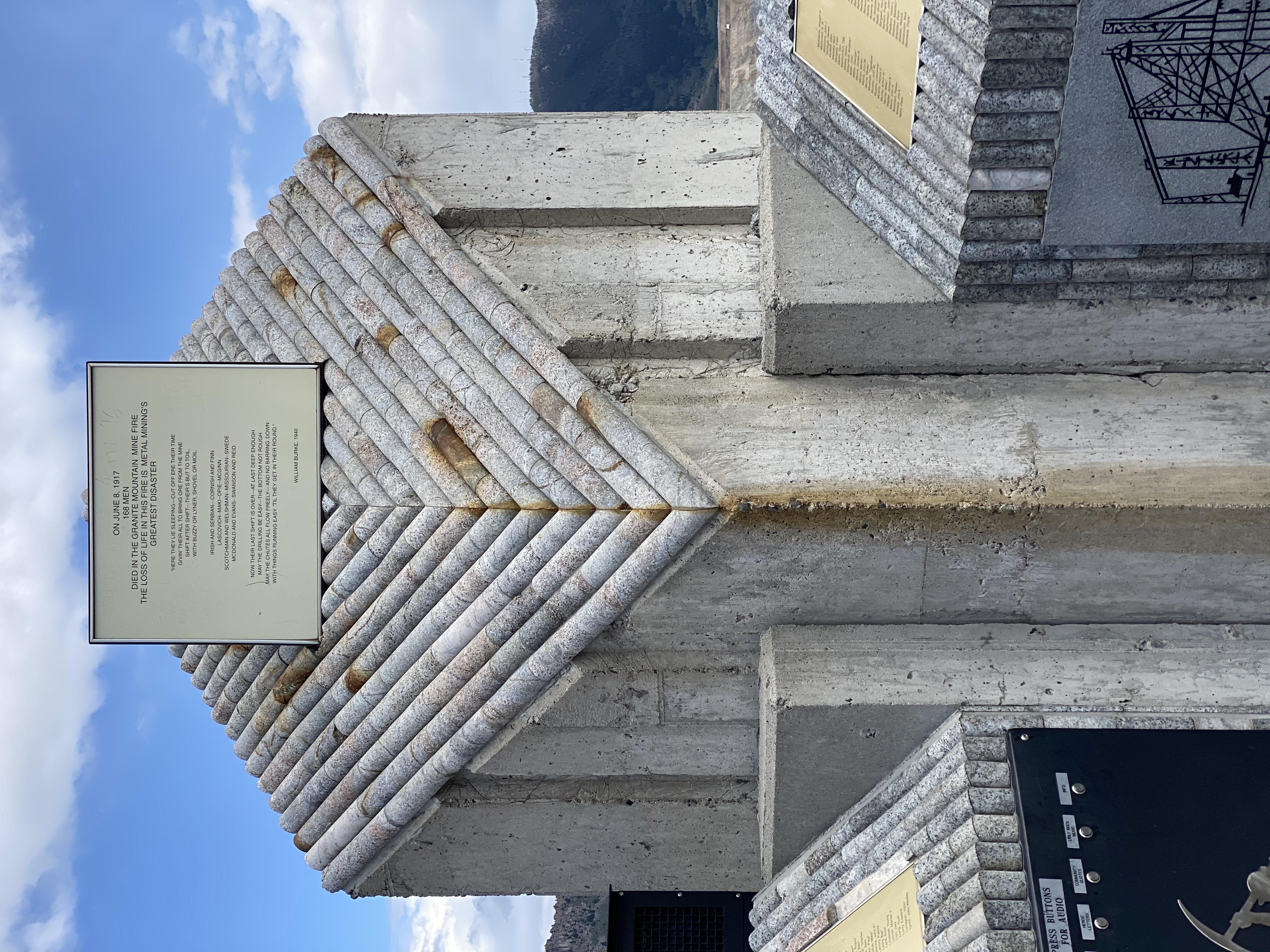
Granite Mountain
When you stop in Helena, enjoy some lunch at the Windbag Saloon, a former brothel, complete with mug shots of the former madam “Big Dorothy” Baker. This site (https://southwestmt.com/blog/windbag-tales/) has a great story about Big Dorothy.
Then make your way up the hill to see how the town transformed from prospectors bustling through saloons and brothels to the epicenter of vast trade empires and concentrations of wealth. From beautiful brick to rough cut granite there’s no one style of housing. In fact, a single home might display Gothic columns with English Tudor facades as these wealthy individuals chose what suited their individual tastes and had them built to order.
Check out Reeder’s Alley.
If you have some additional time, the Missouri River feeds some arrestingly beautiful lakes in the area. It’s a great day on the water, especially if you’ve got good friends to spend it with. Thanks, brother, for taking us out again in your boat!
Smaller cities and towns not only have some neighborly folks but often a surprising history that’s worth investigating.


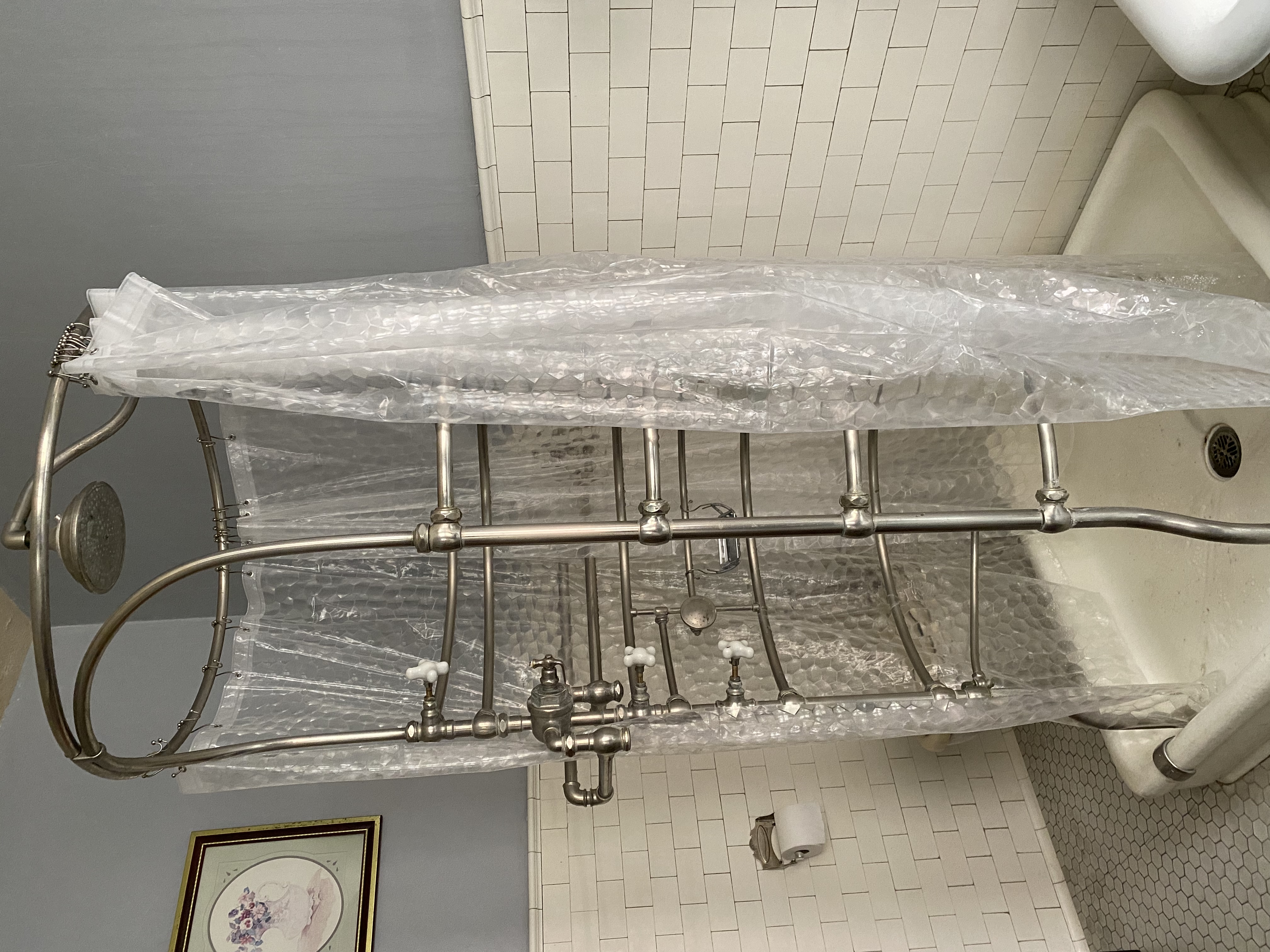
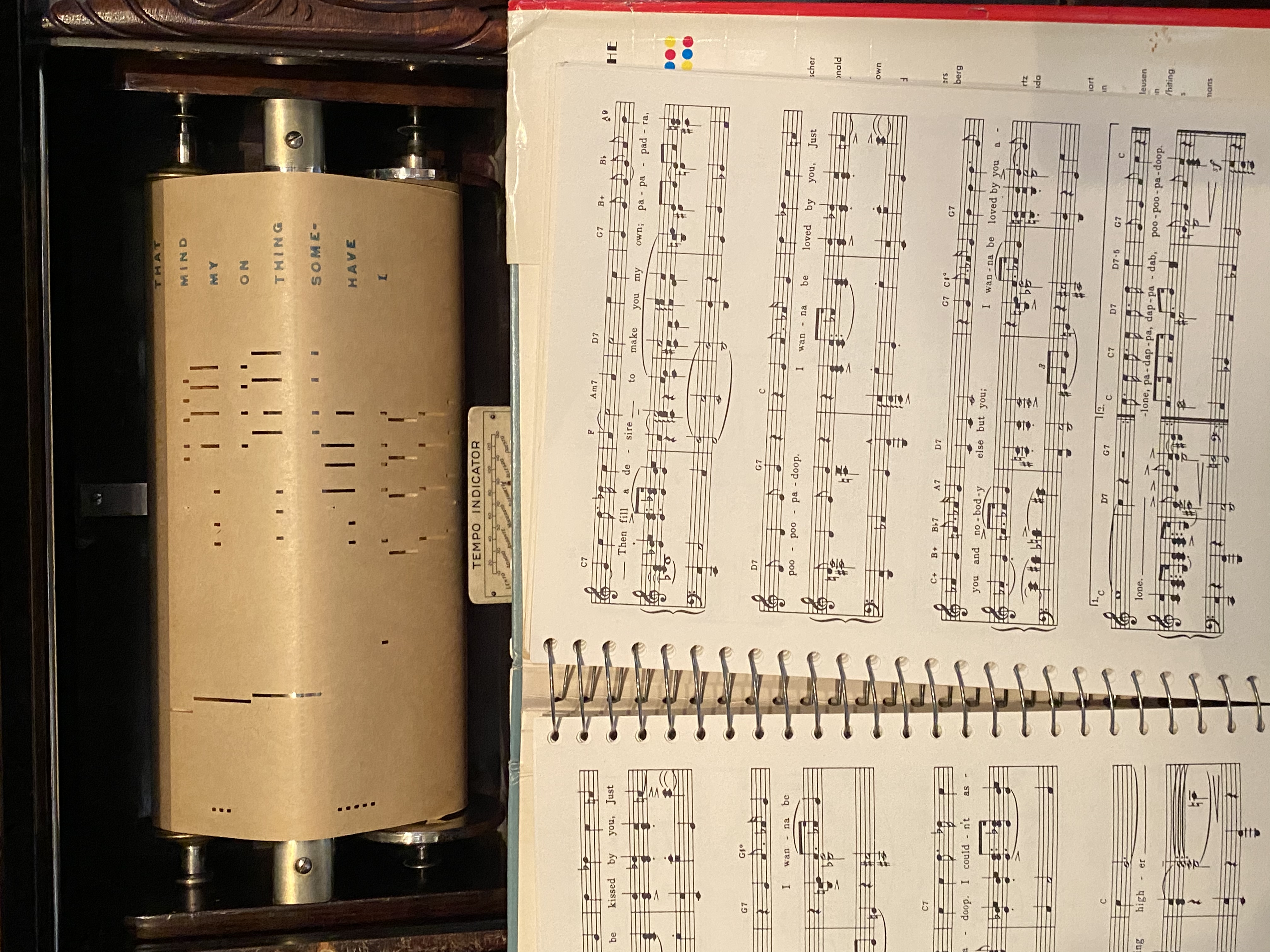

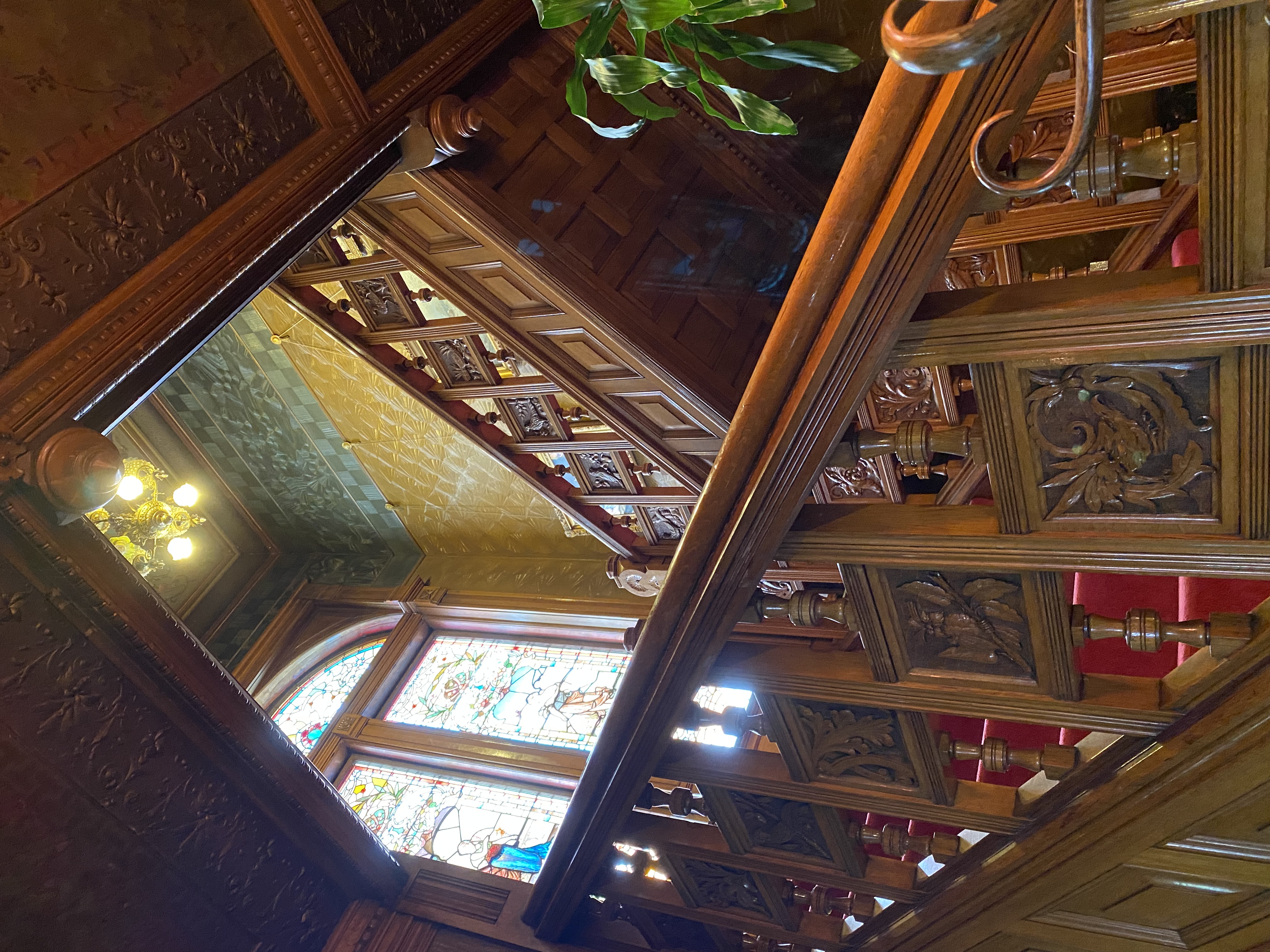
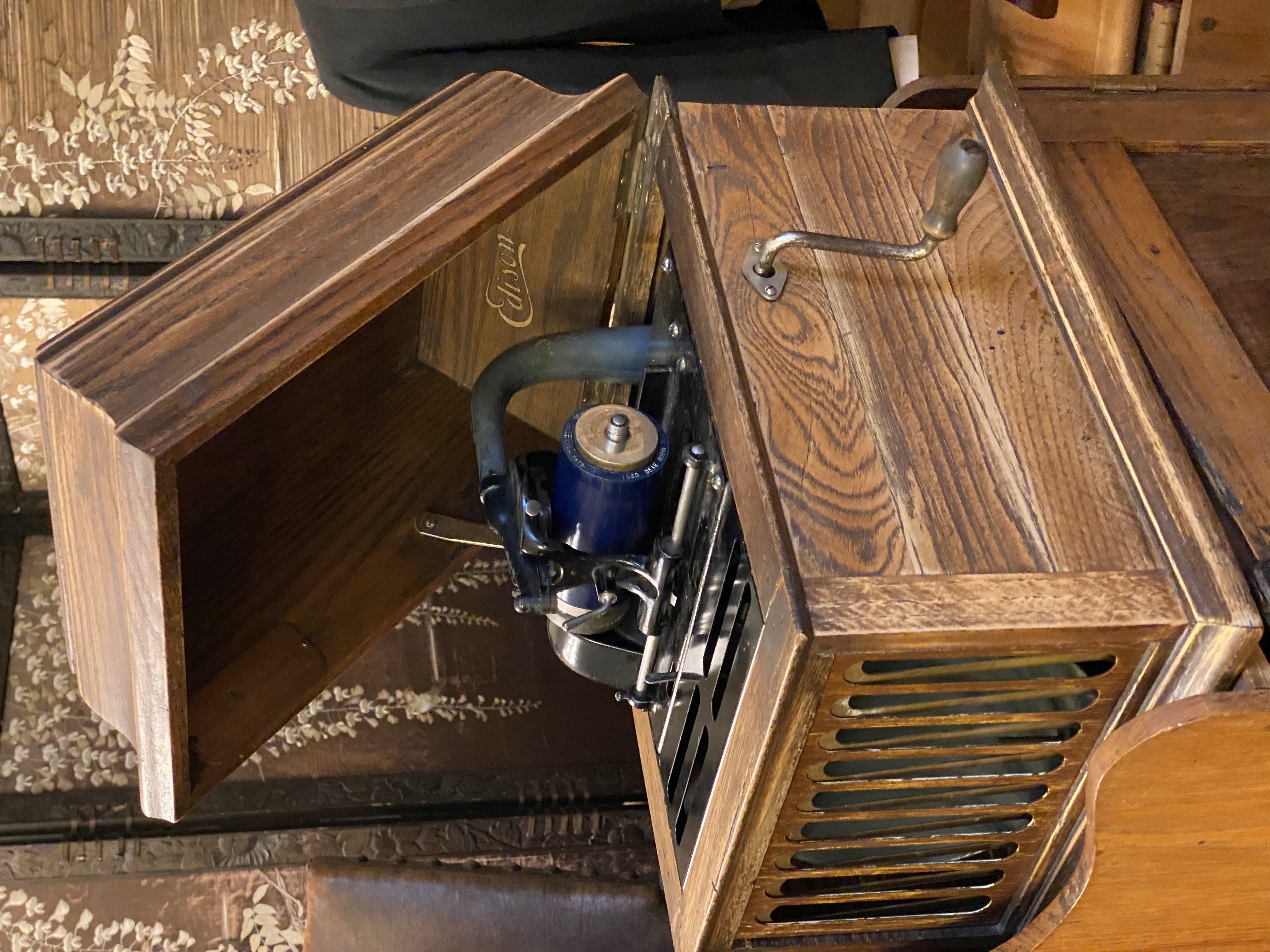

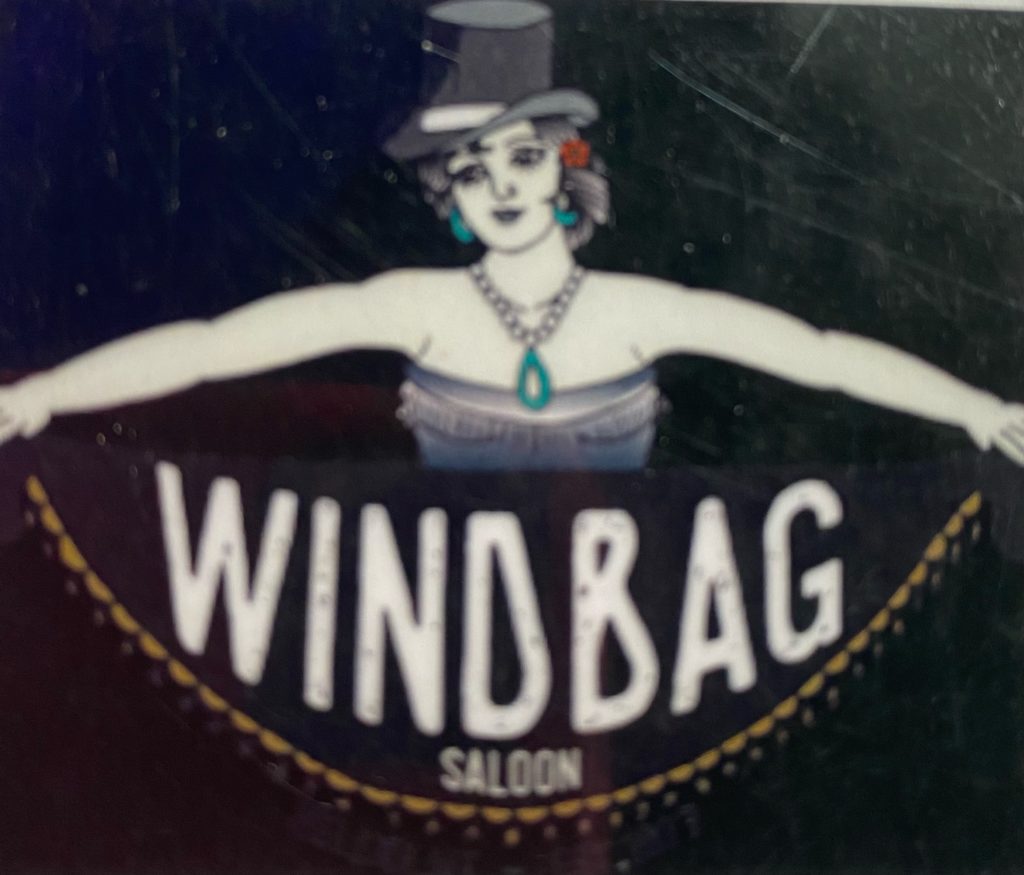
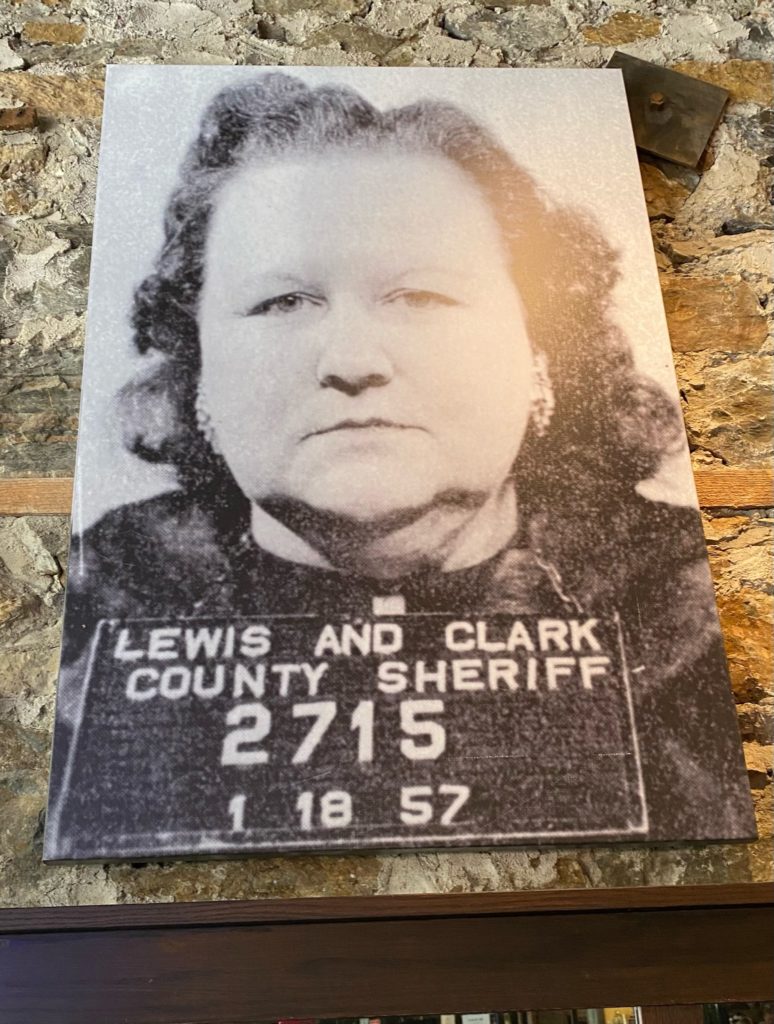
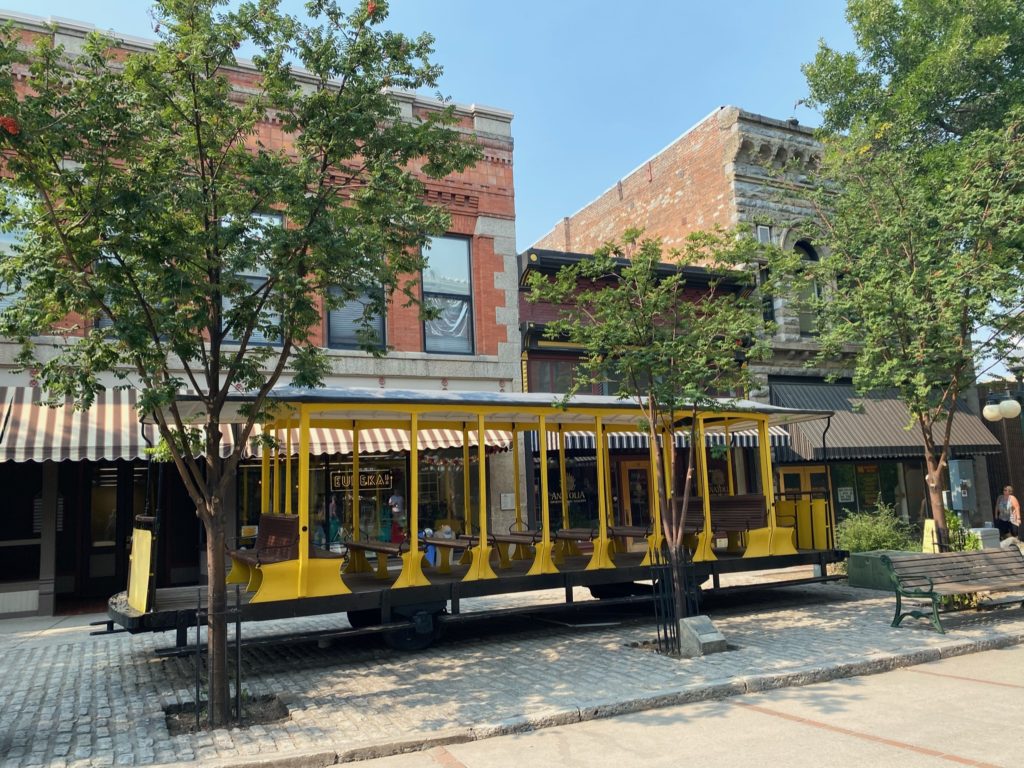
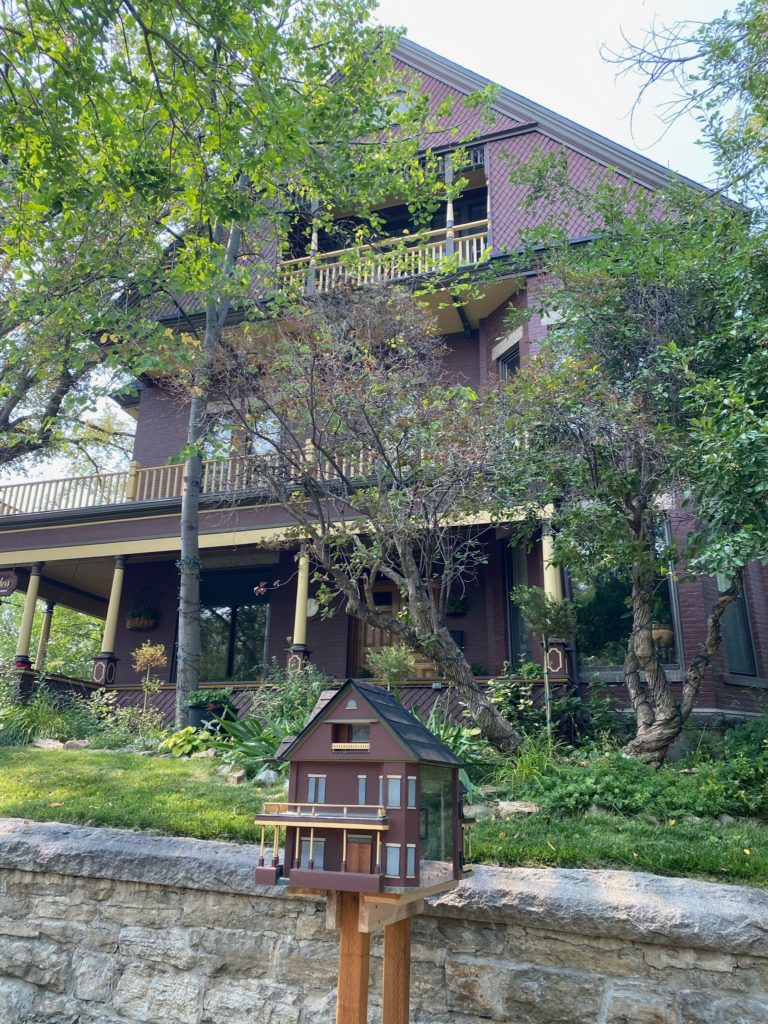
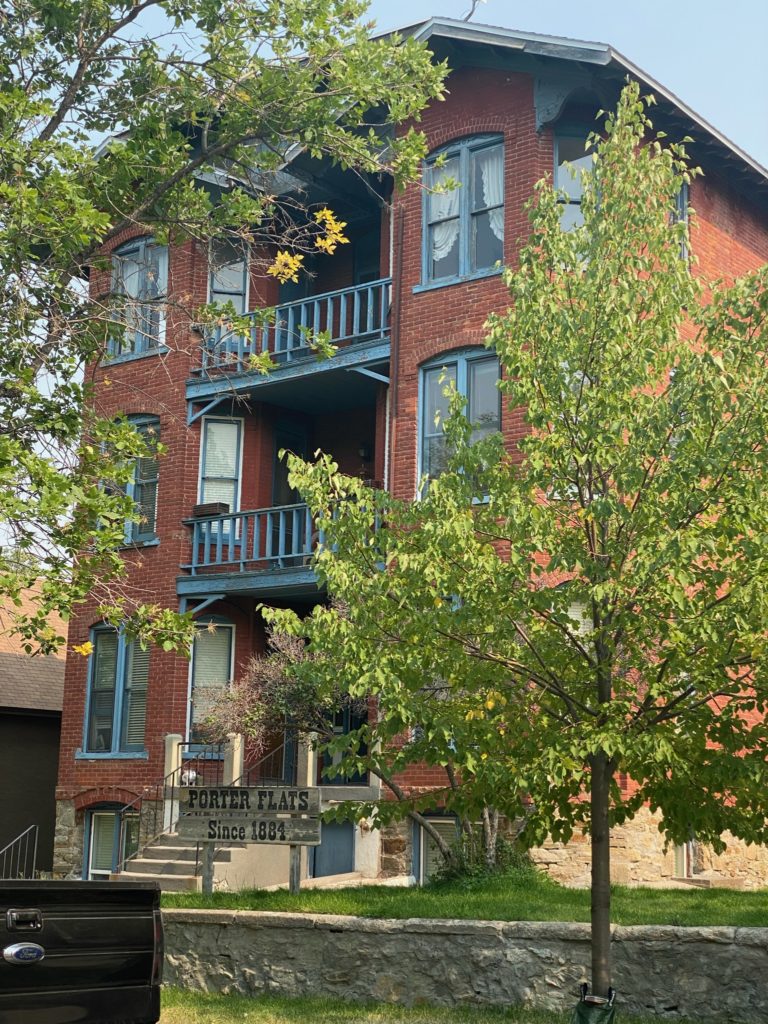
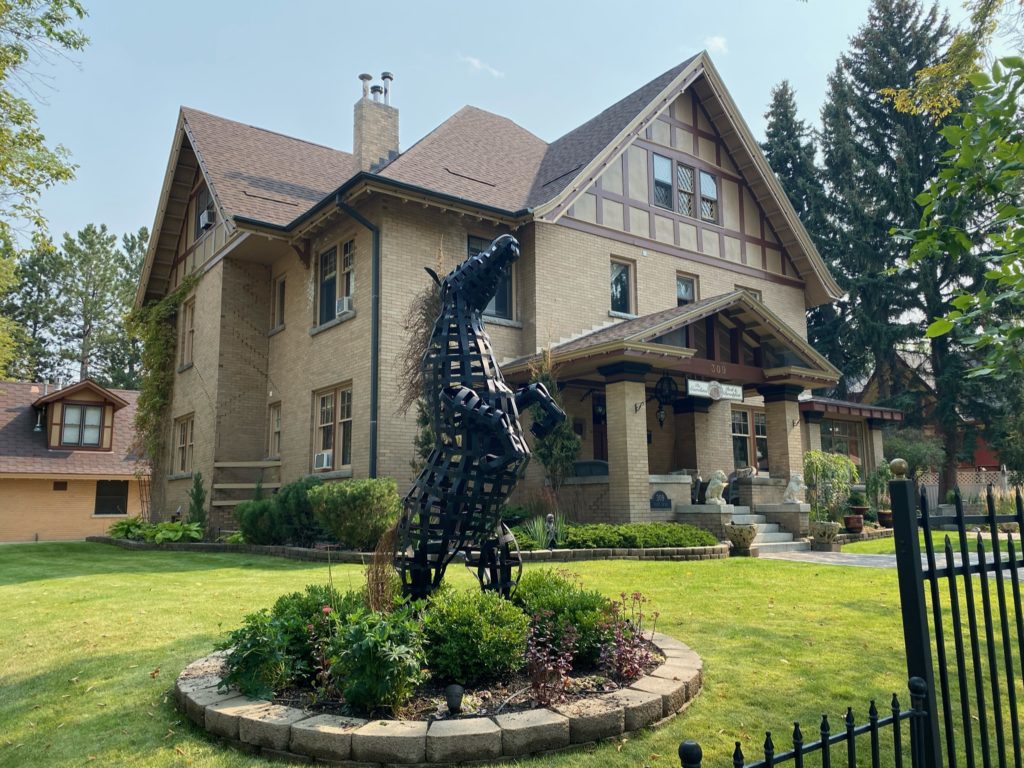
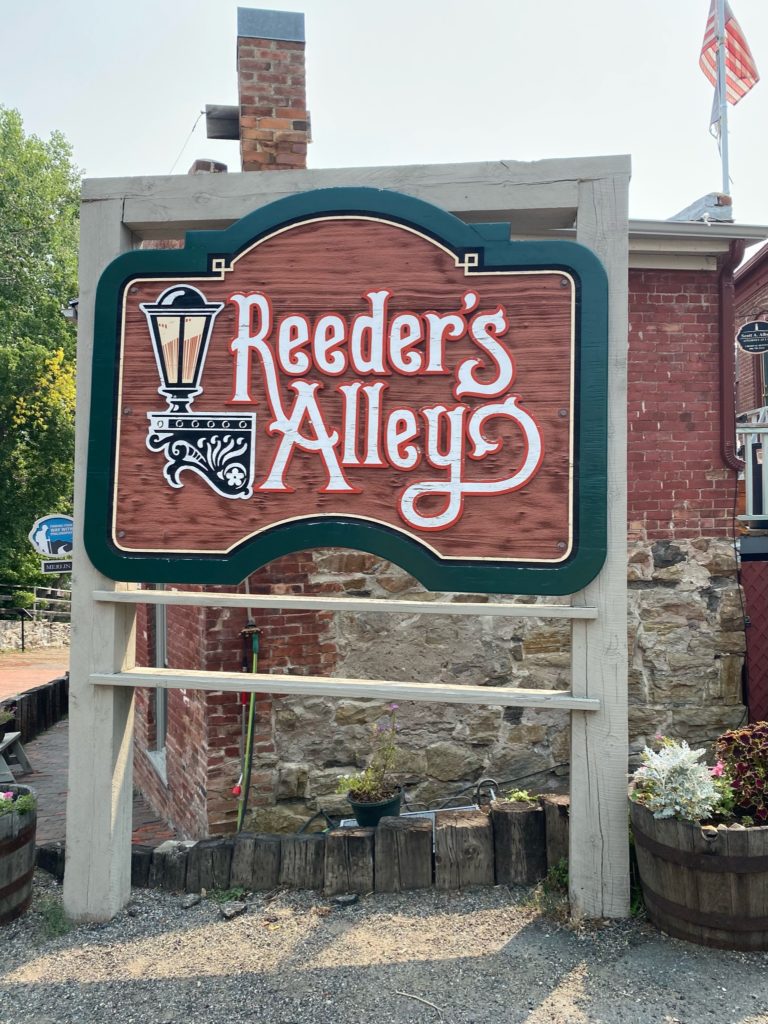
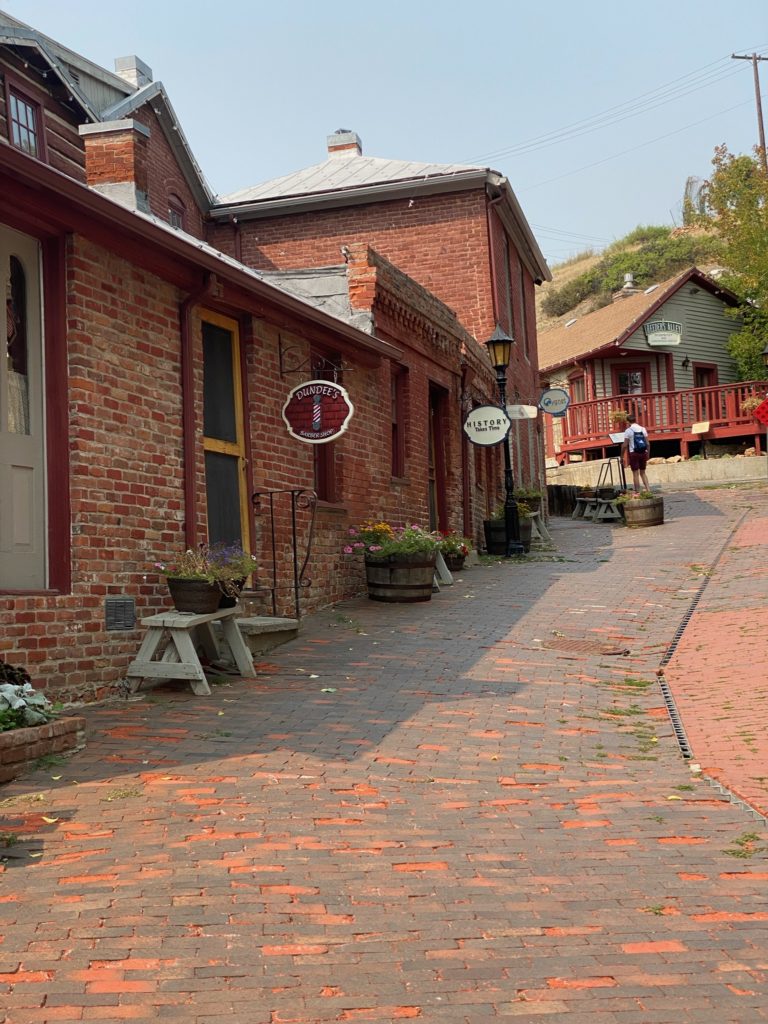
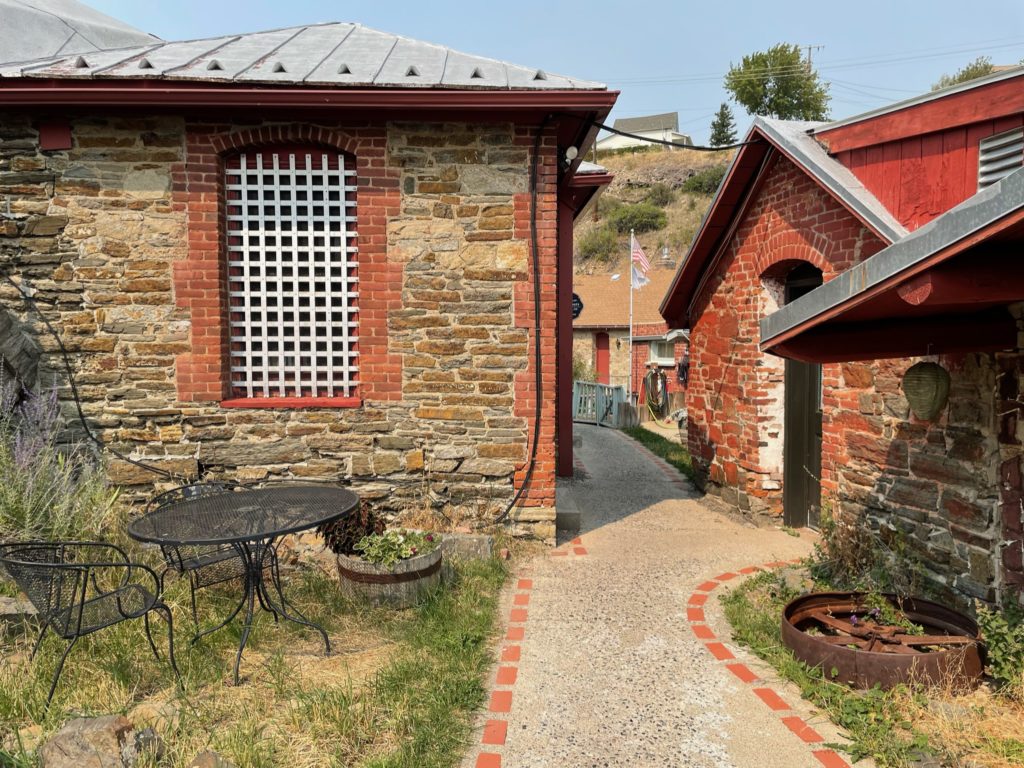

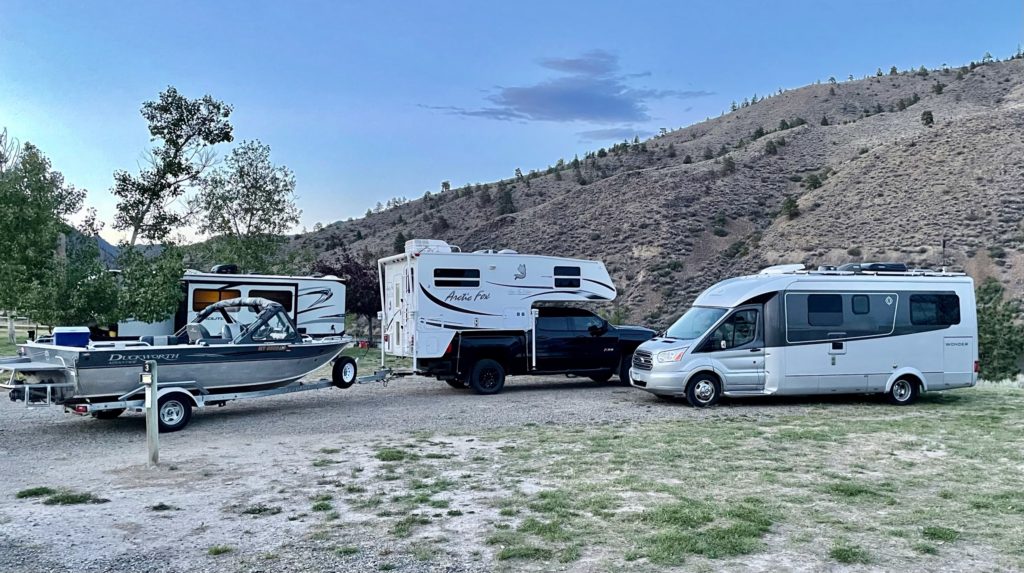
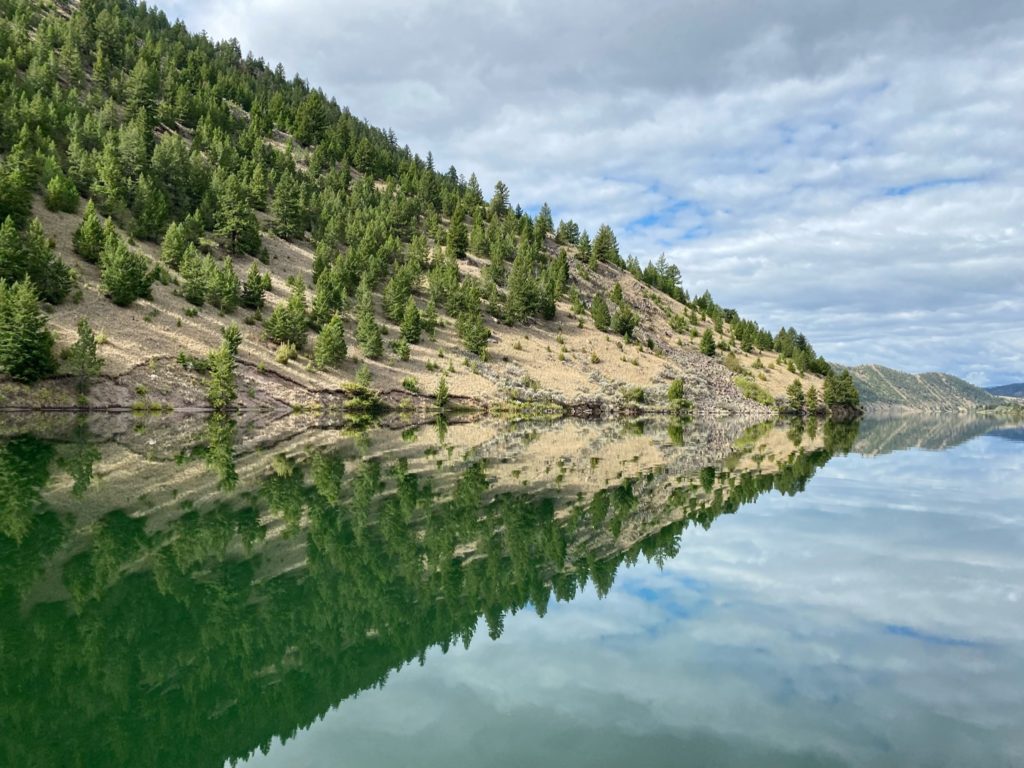


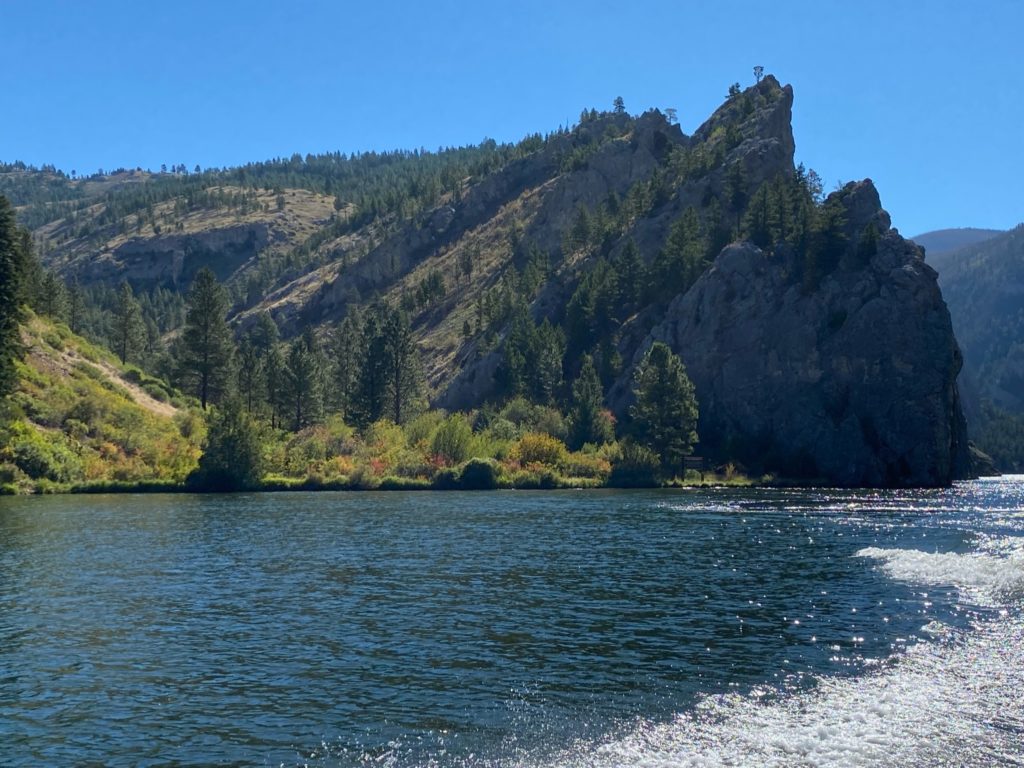

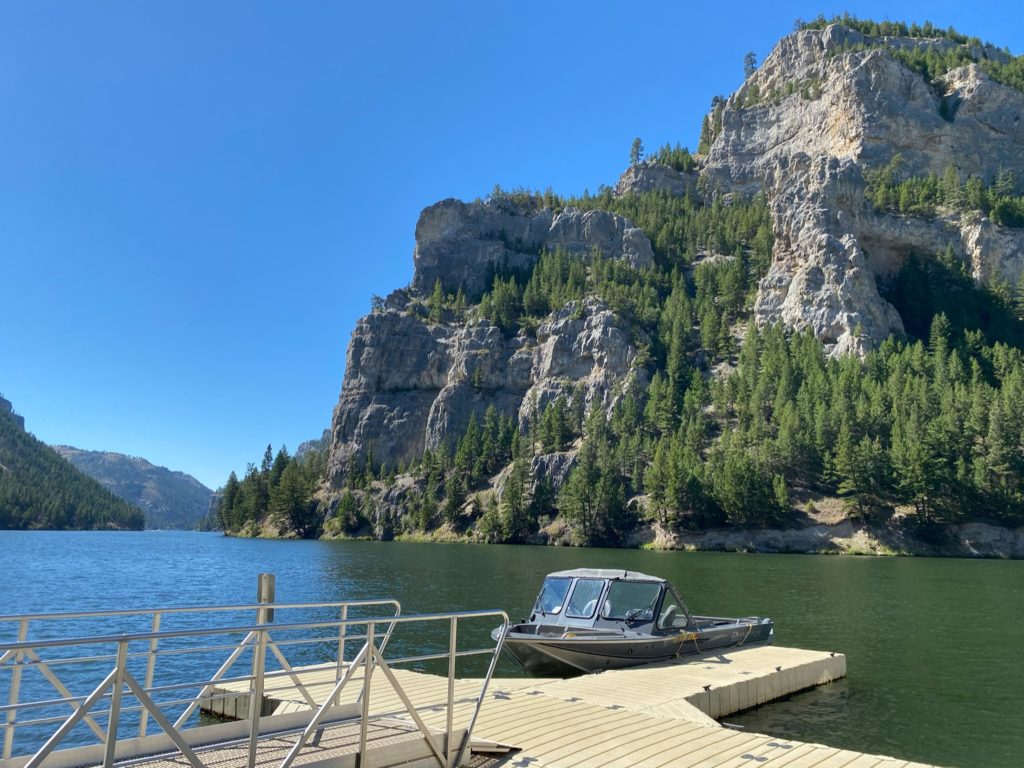
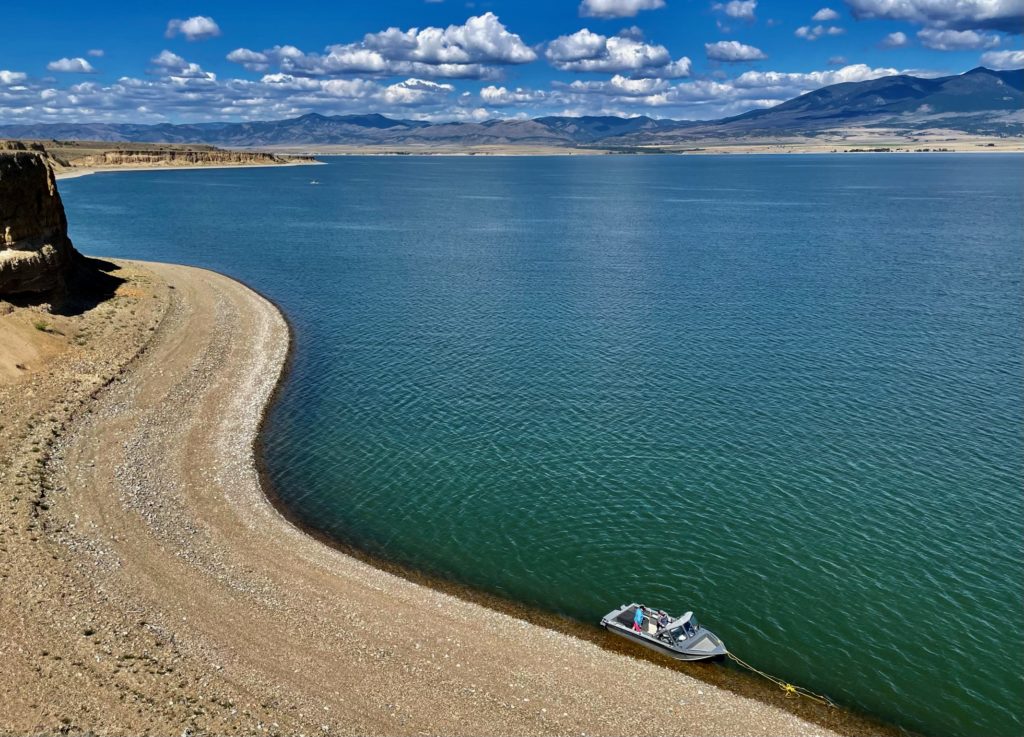

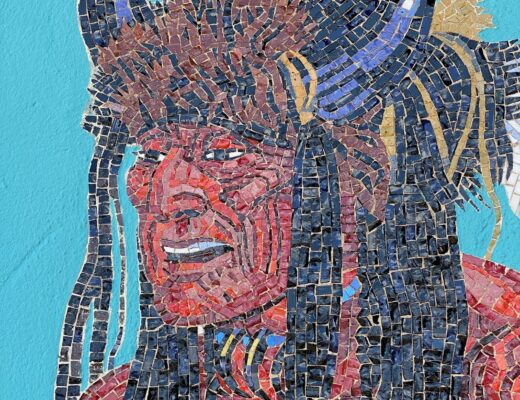
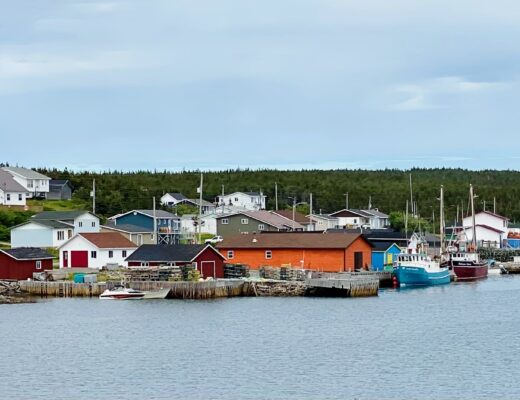
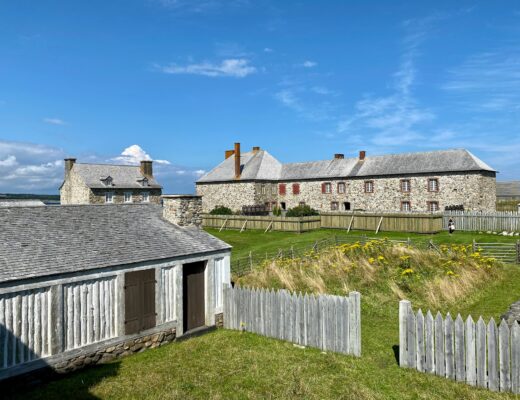








 Did you know that the oldest and largest aviati
Did you know that the oldest and largest aviati








 #camphairdontcar
#camphairdontcar


